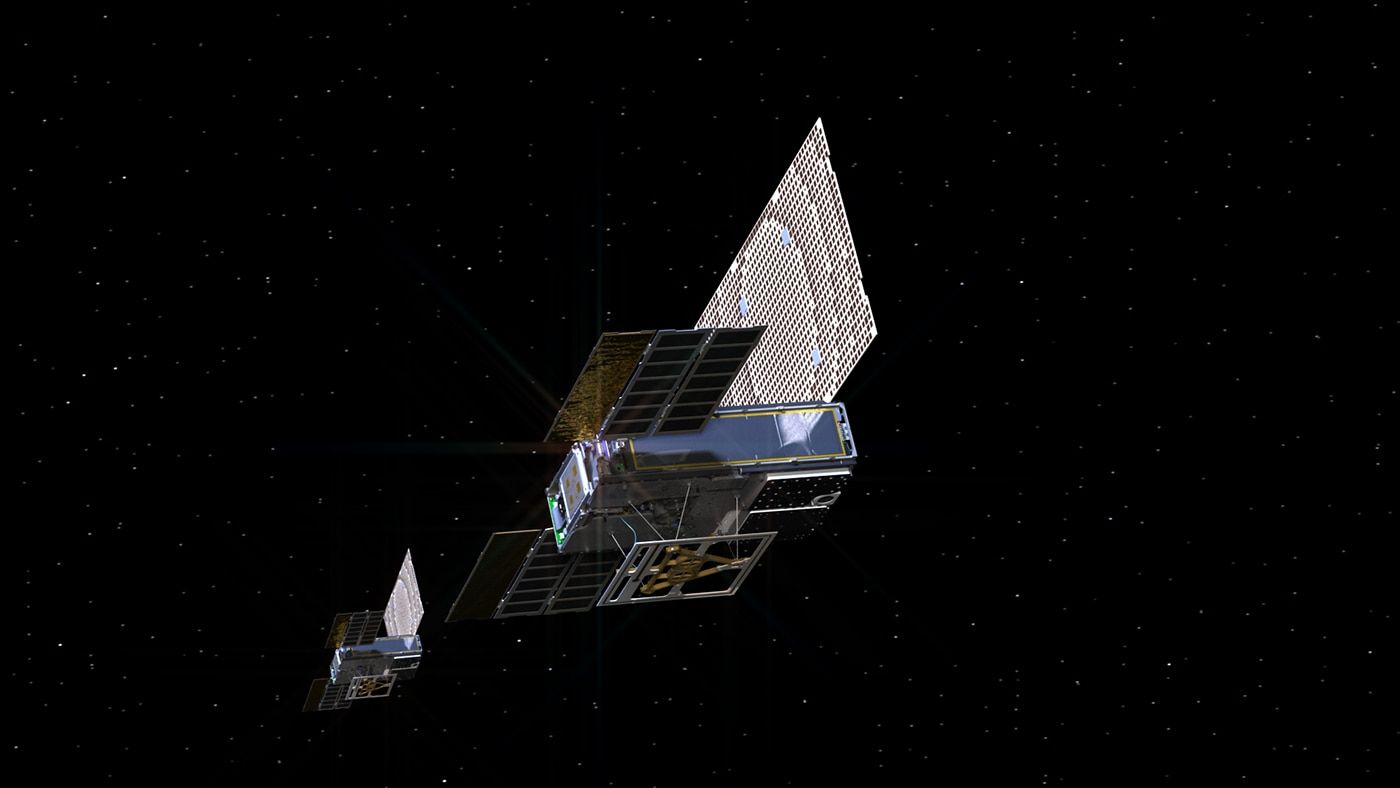Radio Signals Received From NASA's MarCO CubeSats Say "Polo!"
Over the weekend, NASA received some of the first radio signals from a pair of deep space-bound CubeSats that are collectively known as MarCO. Amusingly, the radio signals echoed the word “Polo!” back to engineers on Earth.
Image Credit: NASA/JPL-Caltech
In an official statement, NASA elucidates how engineers received the first radio signal at 3:15 P.M. Eastern time on Saturday, while the second arrived a little later at roughly 4:58 P.M. Eastern time.
“Both MarCO-A and B say ‘Polo!’ It's a sign that the little sats are alive and well,” said MarCO mission chief engineer Andy Klesh from NASA’s Jet Propulsion Laboratory in Pasadena, California.
Related: GTOSat promises to let NASA study Earth's radiation belts in unprecedented detail
NASA’s MarCO mission hasn’t been in space for very long. In fact, the two CubeSats hitched a ride with the space agency's InSight mission to Mars, which blasted off from a launch pad at California’s Vandenberg Air Force Base on Saturday.
It may seem like an insignificant radio signal to hear from a spacecraft at first, but it was actually rather vital because it reassured NASA that the CubeSats’ communication equipment is operating correctly.
The MarCO CubeSats are following InSight to Mars. During the trip, they’ll endure cosmic radiation and other harsh outer space conditions so that NASA can determine whether CubeSat technology is an ideal platform for future deep space exploration.
If everything goes well, then MarCO will capture valuable information about InSight’s deployment at Mars so that NASA can analyze and learn from the results. Of course, there’s always the chance that MarCO won’t survive the trip.
"We're nervous but excited," added MarCO project manager Joel Krajewski of JPL.
"A lot of work went into designing and testing these components so that they could survive the trip to Mars and relay data during InSight's landing. But our broader goal is to learn more about how to adapt CubeSat technologies for future deep-space missions."
It should be interesting to see how the MarCO mission pans out, especially since InSight will arrive at Mars no later than November of this year. It won’t be long now…
Source: NASA









